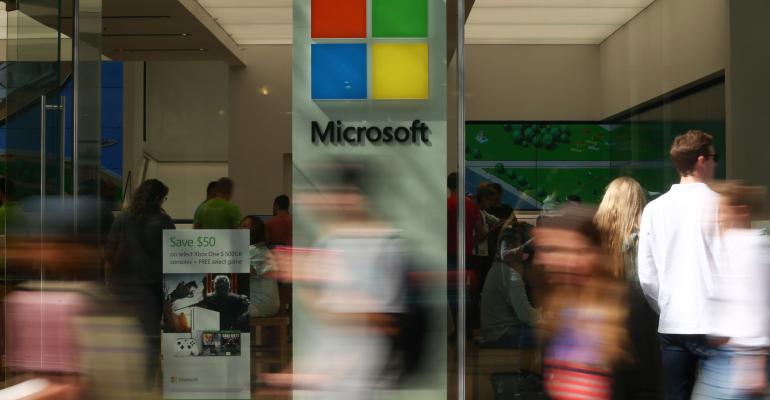(Bloomberg) -- Microsoft will invest A$5 billion ($3.2 billion) in Australia to expand its cloud computing and AI infrastructure over the next two years, in what the US company described as its largest investment in the country in four decades.
Announced as part of Prime Minister Anthony Albanese's visit to the US this week, the investment will help Microsoft grow its data centers across Canberra, Sydney, and Melbourne by 45% – from 20 sites up to 29.
In addition, the US technology company will work with the state of New South Wales to establish a Microsoft Datacenter Academy in Australia, while also collaborating with the Australian Signals Directorate intelligence agency on a cybersecurity initiative.
"This is our largest investment in Microsoft's 40-year history in Australia and a testament to our commitment to the country’s growth and prosperity in the AI era," Microsoft President Brad Smith said in a statement.
The announcement comes one day after Albanese touched down in the US for a four-day official visit, which will include a state dinner at the White House hosted by President Joe Biden on Wednesday night. Critical minerals and tech innovation are expected to be a major theme of Albanese’s trip.
Both countries have agreed to work more closely on technology and research as part of the second pillar of the Aukus agreement signed in 2021. Under Aukus, the US, the UK, and Australia will share information in critical areas such as quantum computing and artificial intelligence.
Albanese described the announcement in a statement as a "major investment in the skills and workers of the future" for Australia. His center-left Labor government has a goal of 1.2 million technology sector jobs in Australia by the year 2030.





